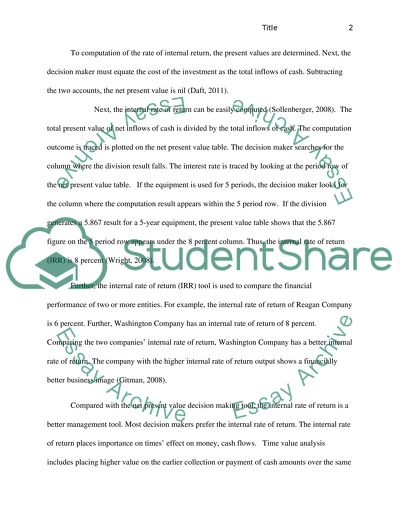Cite this document
(“Managerial accounting essay,all explained above Essay”, n.d.)
Managerial accounting essay,all explained above Essay. Retrieved from https://studentshare.org/finance-accounting/1496635-managerial-accounting-essayall-explained-above
Managerial accounting essay,all explained above Essay. Retrieved from https://studentshare.org/finance-accounting/1496635-managerial-accounting-essayall-explained-above
(Managerial Accounting essay,all Explained above Essay)
Managerial Accounting essay,all Explained above Essay. https://studentshare.org/finance-accounting/1496635-managerial-accounting-essayall-explained-above.
Managerial Accounting essay,all Explained above Essay. https://studentshare.org/finance-accounting/1496635-managerial-accounting-essayall-explained-above.
“Managerial Accounting essay,all Explained above Essay”, n.d. https://studentshare.org/finance-accounting/1496635-managerial-accounting-essayall-explained-above.


